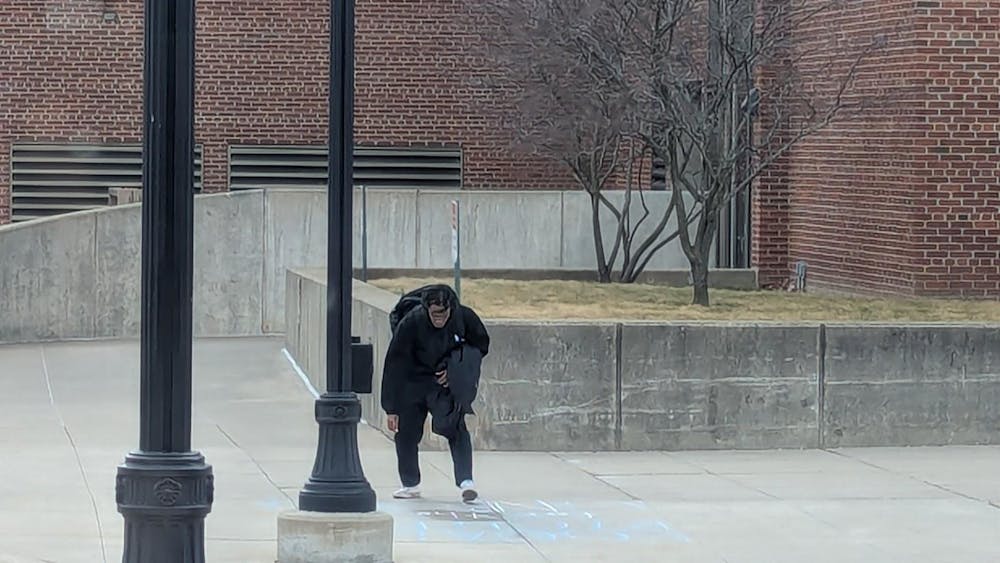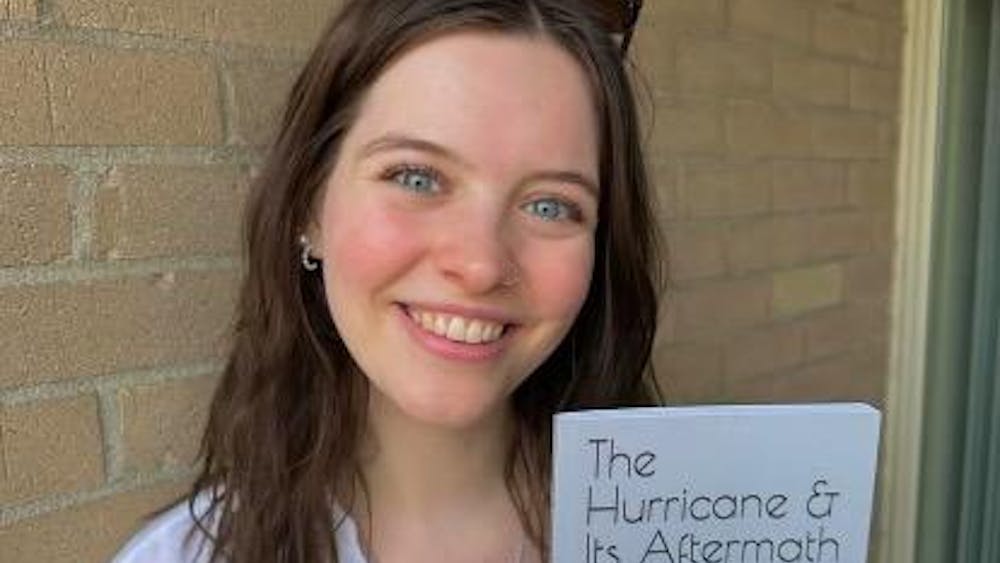The use of biofuels such as ethanol to provide energy is in a state of flux, but one Eastern Michigan University professor is doing his part to make it more efficient.
Aaron Liepman is a molecular biology professor at EMU and is researching the process of plant cell wall development. He hopes the data will be useful in efforts to move toward more environmental friendly sources of energy.
“The idea is to potentially make liquid fuel from plants. Right now we rely on oil and other petrochemicals for our sources of liquid fuel, such as gasoline and jet fuel,” Liepman said.
Although his research will improve the usefulness of biofuels, these fuels are already being used.
According to the United States Department of Energy, 25 percent of corn harvested goes toward the production of biofuels. It is surpassed only by the harvesting of corn for feed and human consumption.
The focus of Liepman’s research is not the actual production of biofuel; that challenge belongs to someone else. Liepman is primarily interested in further understanding how plant cell walls form, an early and critical step in the battle for independence from the often debilitating effects of oil.
A plant cell wall forms the shape and size of a cell, provides protection against harmful pathogens such as bacteria and viruses and gives plants the durability they need to survive. All of this is accomplished by a complex series of interactions by enzymes, carbohydrates and proteins. It’s these interactions that Liepman wants to break down.
“We need to know which genes and proteins are involved in this process,” he said.
According to Liepman, if we can understand this process, it could yield a nearly infinite supply of renewable energy in the form of plant matter.
“We get a lot of carbohydrates by eating them,” Liepman said. “When you think about how much biomass there is out there in the form of plants, much of that which isn’t water is cell wall.”
Cell walls are an abundant source of energy. One well-known source of plant energy is burning wood. Another not so well known use of plants for energy is in biofuels and biodiesel—biodiesel being the topic for another day. The goal is to harness plants as a source of the biomass for the production of liquid fuels
“We have to convert the energy in the cell walls, which is in the form of sugars, to some other form of energy. One way is through fermentation—the same process used to make beer,” Liepman said.
“You can take the plant cell walls and you can break them down so the carbohydrates are released and you can then use microorganisms to convert the sugars into other forms of energy such as ethanol.”
This is easier said than done.
“The technology is not fully mature, so we’re still trying to figure out ways to release all that energy that’s in the cell walls and make it available for biofuels,” Liepman said.
One strategy Liepman mentioned is making a plant containing many carbohydrates that can be broken down by putting fewer resources into plants containing carbohydrates difficult to break down. Or you can break down the more complicated carbohydrates—there are many avenues to take. And there are many scientists to take them.
“It’s not going to be one person that solves the problem. Before we can control the process, we need to understand what is contributing to the process,” he said.
“Let’s say the only thing you knew about a car was that it had one wheel. You can’t necessarily make a car move with one wheel. That one wheel is part of a team with four wheels so you can make the system work. In addition to the wheels you need the gas pedal, and you need the steering wheel,” Liepman said.
“We understand a little about how cell walls are made by understanding a little about the rear passenger side wheel, and a little bit about the wind shield right now but we don’t have the full image right now—and where I’m at is to make that image a little clearer. Then some other guys will be using the eventual creation of energy crops to figure out how to make the car drive better,” he said.
According to Liepman, energy crops will be existing plants that have been altered in a way that make them more amiable for biofuel production. This will introduce a wave of relief for biofuels advocates since the main source of biofuels comes from corn—which humans also like to eat.
“Corn is something humans depend on for food and animals depend on for feed, and so by converting it into fuel we’re having problems because the corn supply is not sufficient for the many bio uses we are trying to create from it,” he said.
“We need to have a plant that doesn’t conflict with our food and feed needs,” Liepman said.
However, according to Liepman even if humans discovered such a plant there will still be an issue of using farmland to produce biofuels or using the land to produce food.
What is the most important—food or energy?
The keystone plant, according to Liepman will be one that is low maintenance, will not use prime farmland and contains carbohydrates that are easy to break down. He said some examples of this include Switch grass, which used to dominate the Midwest until the arrival of European settlers, and Willow, a candidate being studied in the United Kingdom.
Luckily, Liepman isn’t doing this alone.
He is one part of a triumvirate of scientists working on this problem. And his past employment is also a plus. He had a lab at Michigan State University before coming to EMU.
“The lab where I worked before I came here was interested in studying carbohydrate synthesis, and so that’s directly related to biofuels,” he said.
His research is being funded by a $400,000 grant from the United States Department of Agriculture. The grant is divided between Liepman’s lab, the University of Rhode Island, and the Michigan Technological University.
“We all team up on different parts of the same problem so that we can together make more progress than any one of else could do by ourselves,” Liepman said.








